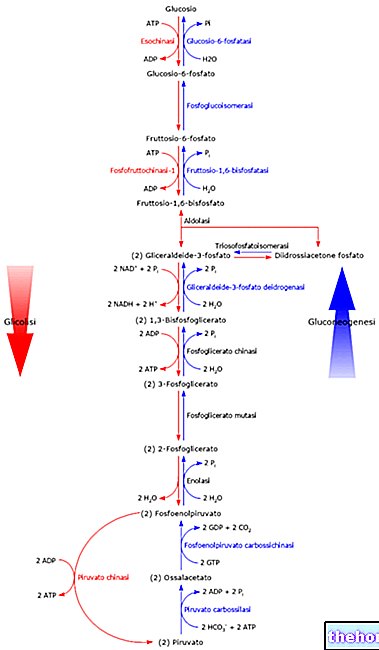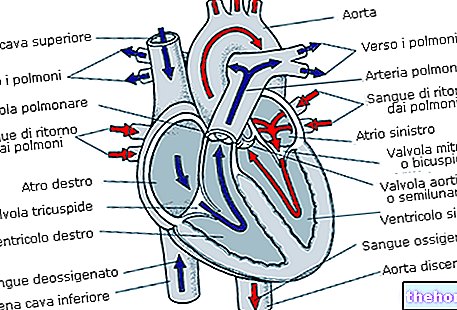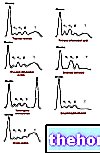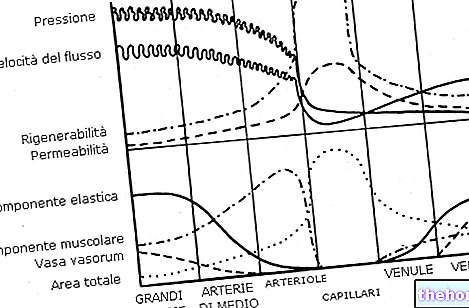INSULIN: anabolic hormone par excellence produced by the Beta cells of the pancreas. With its action it facilitates the entry into the tissues of glucose, amino acids and blood triglycerides.

The action of insulin on lipid metabolism is clearly anabolic since it favors the synthesis of storage fats and inhibits their release.
Insulin also increases the permeability of cells to various ions such as potassium, magnesium and phosphate.
GLUCAGON: catabolic hormone produced by the alpha cells of the pancreas: it promotes the release of hepatic glucose into the circulation, blocking glycogenosynthesis and promoting glycogenolysis; therefore it has an opposite action to that of insulin
SOMATOSTATIN: class of hormones from different sources that inhibit the release of insulin, cortisol, GH, prolactin, thyroid hormones and glucagon.
CATECOLAMINS (adrenaline, noradrenaline): produced by the adrenal medulla in response to hypoglycemia with effects of short duration compared to the previous ones. They accelerate the body metabolism by increasing lipolysis, glycogenolysis and gluconeogenesis. They therefore have a catabolic effect.
GLUCOCORTICOIDS: catabolic hormones produced by the adrenal cortex: they promote gluconeogenesis in response to a low blood sugar level, accelerate bone demineralization and promote protein catabolism.
GROWTH HORMONE: powerful anabolic and lipolytic hormone produced by the adenohypophysis; it stimulates the synthesis of bone and cartilage, increases the oxidation of fatty acids, reduces the breakdown of glucose and amino acids. Its anabolic function is assisted by IGF-1 or somatomedin
TESTOSTERONE: anabolic hormone, promotes the increase in muscle mass of spermatogenesis, hair, erythropoietin (EPO) and sexual desire
















.jpg)











